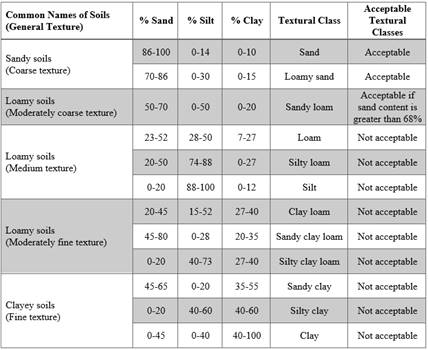On May 29, 2019, the California Department of Pesticide Regulation (DPR) released California Notice 2019-05: Changes to California Notice 2018-06: California-like Conditions for Terrestrial Field Dissipation Studies (Notice 2019-05), which updates the guidance in California Notice 2018-06: California-like Conditions for Terrestrial Field Dissipation Studies (Notice 2018-06).
Notice 2018-06, issued in January of 2018, provided to applicants for California registration of new agricultural use pesticides guidance specifically related to the requirement to submit at least one terrestrial field dissipation (TFD) study conducted under “California or similar environmental use conditions.” DPR states it is revising this guidance based on comments from the Western Plant Health Association. The updated guidance is summarized below.
Notice 2019-05 also extends the effective date to July 1, 2020; for applications submitted July 1, 2020, or later, DPR states it will consider a TFD study to have been conducted under “California or similar environmental use conditions” if the study was conducted within or outside of California in accordance with U.S. Environmental Protection Agency (EPA) study guidelines and under certain criteria, as provided below.
1. Timing:
April 1 shall be the earliest study start date and September 30 shall be the latest start date. This timing ensures a potential leaching environment with respect to the amount of percolating water produced relative to evapotranspiration (ET).
2. Soil:
- The study is conducted in a coarse-texture soil in accordance with the U.S. Department of Agricultural (USDA) soil textural classification (see Table 1). The minimum depth-weighted average sand content for representative samples taken across the test site should be no less than 68 percent as measured within the top 30 cm of soil. The allowable minimum soil sand content that is included in the average is 61 percent.
- The soils used for the study do not have a restrictive layer to the movement of water as indicated within the soil profile, such as a hardpan, compacted layer, or an abrupt change in texture.
- The maximum depth-weighted average organic matter content for representative samples taken across the test site should be no greater than 1.4 percent as measured within the top 30 cm of soil. The allowable maximum organic matter content that is included in the average is 1.6 percent.
- Studies shall be conducted on bare soil plots. Exceptions are possible for studies conducted in the presence of a crop or turf with sufficient justification.
3. Water Inputs:
- Water applications to the study site are sufficient to create levels of percolating water that reflect the potential amount lost from crop irrigations (i.e., 160 percent of ET). Approximately 60 percent of applied water is available for movement below the coring depth, which would equate to water applications of approximately 160 percent of ET. Therefore, a scheduled water input would approximate the cumulative daily ET since the previous water input multiplied by an excess demand factor of 1.6. For bare soil plots, ET can represent reference ET or, if preferred, soil evaporation when calculated using a scientifically defensible methodology. These water inputs supersede those in EPA’s guidance document for TFD studies.
- The initial water application to the study site occurs within one week of chemical application. Subsequent water applications shall be at seven-day intervals or less for the duration of the study.
- Water inputs from rain are subtracted from scheduled water input amounts.
DPR states that if a TFD study submitted to DPR to meet the statutory requirement of having been conducted under “California or similar environmental use conditions” does not meet one or more of the above criteria, the applicant may include in its submission a justification for any different criteria to avoid a determination that the study is unacceptable.
Table 1. USDA textural classes1 of soils acceptable for TFD studies

1Based on USDA particle-size classification.




 />i
/>i

